Trekking is no easy feat, it takes stamina especially for non-trekkers like me. But the sweet joy once you reach the pinnacle after putting yourself through all that pain, exertion and dehydration more than compensates for your efforts. Memories are a bonus. The moment I had completed my first ever trek to Karnala Fort in November 2013, I knew this was something I’d want to do again. So I looked up the internet to check which could be the next mountain I could conquer. An ex-colleague suggested that I check out the Haji Malang Dargah and the nearby Malangadd Fort.
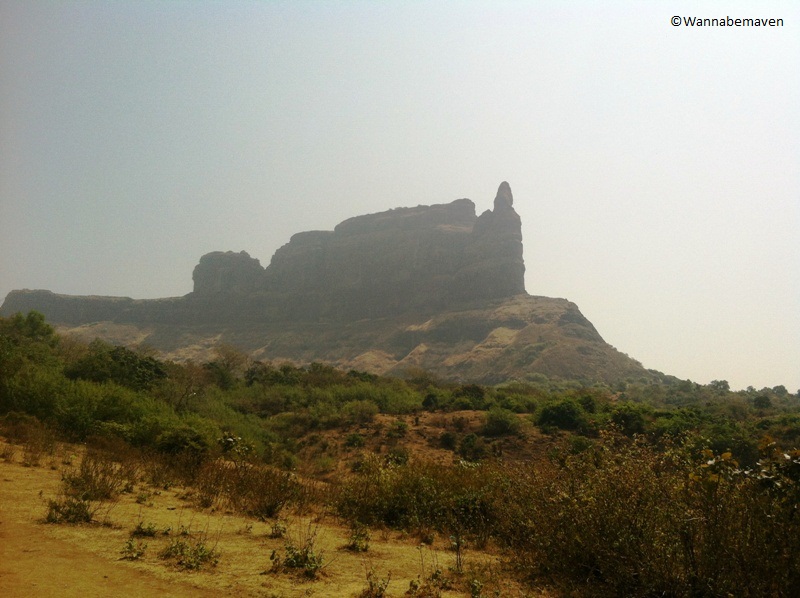
Soon after, a friend and I decided to do the trek to this mountainous location in Kalyan around 60 km from Mumbai. We started at 7 am from Andheri. The drive was fairly good and the landscape nearing the Malangadd base camp was quite nice. This particular stretch consisted of a single winding road, vast stretches of mountains and open barren lands making for a scenic drive.
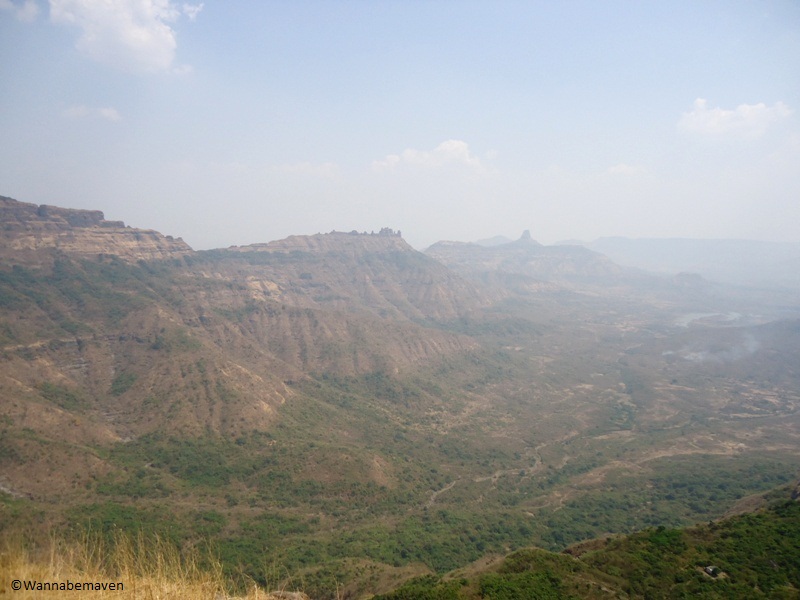
First part of the trek to Haji Malang dargah
The climb from the base camp to Haji Malang Dargah is about three hours. For the first part of the trek, you are in the company of devotees which could be a turn off if you don’t like crowds. There are many shops selling soft drinks, snacks, meals and religious items for those paying their visits to the dargah.
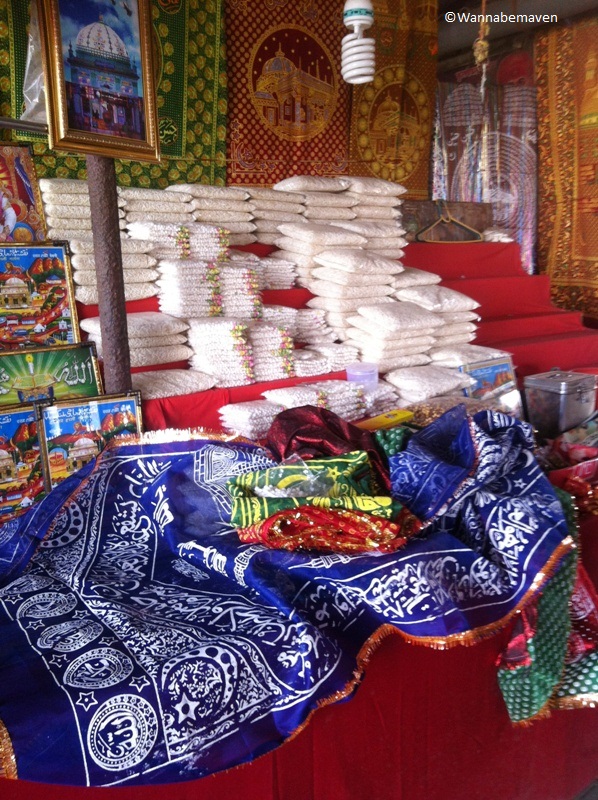
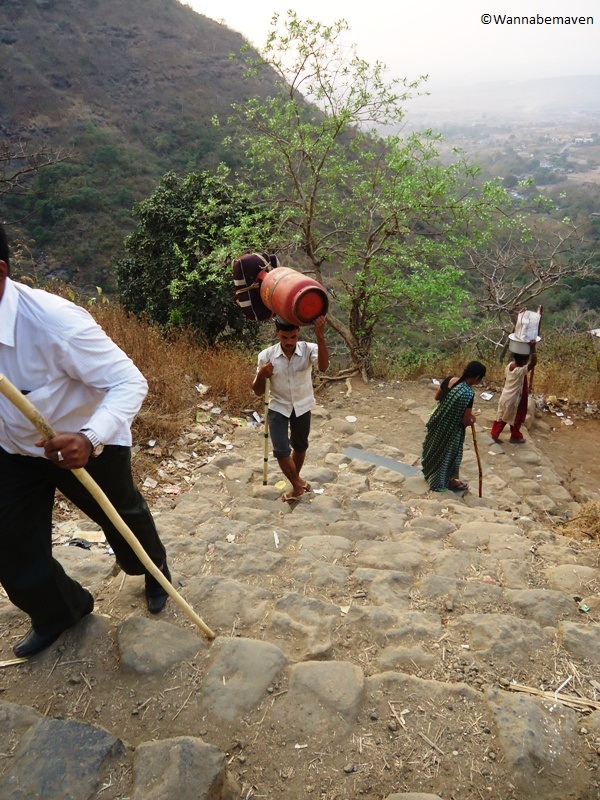
Two major stops along the trek are for two small dargahs called the Pehli Salami and Doosri Salami (although, we skipped both these visits and concentrated on the main Haji Malang Dargah). Another interesting sight is that of a Hindu temple on your route towards the dargah.
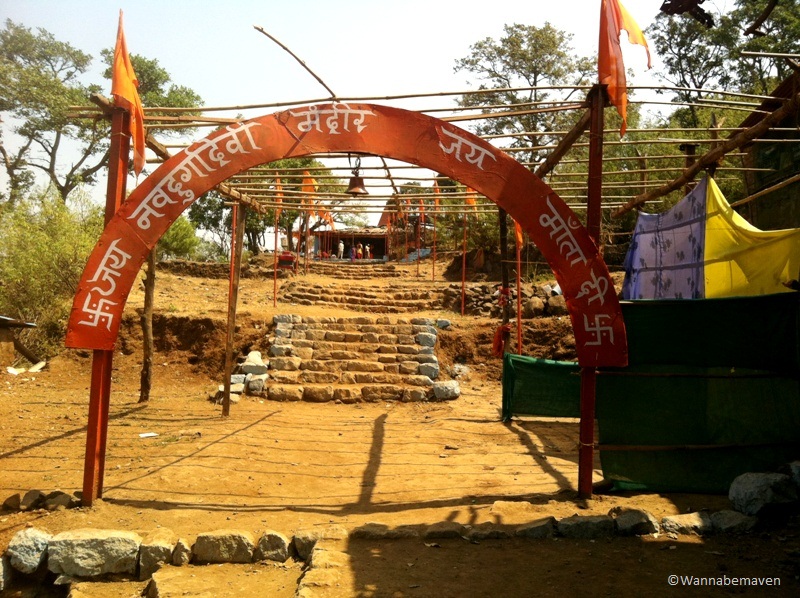
The third dargah is the main Haji Malang dargah and the final base for all Muslim devotees. It is crowded at given time of the day. The dargah is surrounded by restaurants, flower shops and dormitories for visitors to spend the night if they wish. We decided to offered a chaddar (religious cloth) at the Haji Malang Dargah before moving onward.
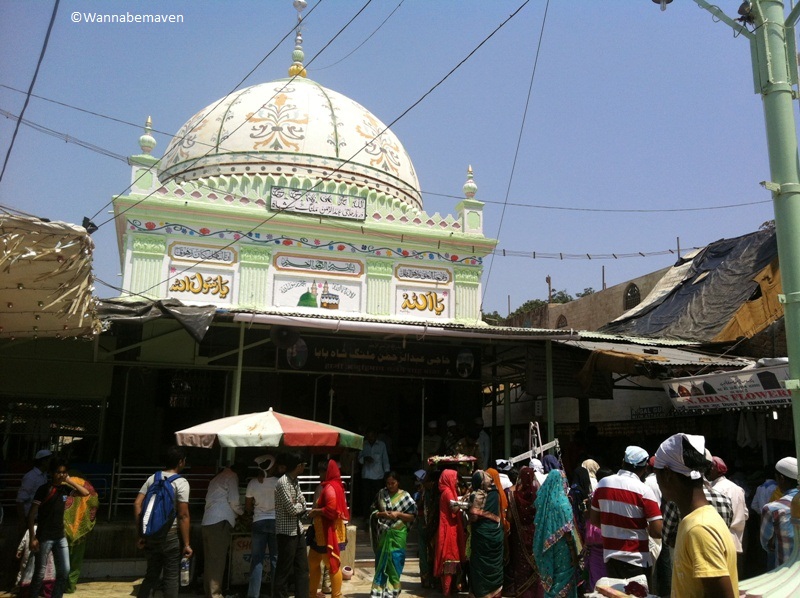
Second part of the trek to Malangadd fort
By 12:30 pm we proceeded for our journey towards Malangadd Fort. The route to the fort is a small lane near the main dargah that can easily miss the eye, since it is hidden among shops and houses. You need to head 100 meters backwards from the dargah to find this lane that goes towards the Malangadd fort.
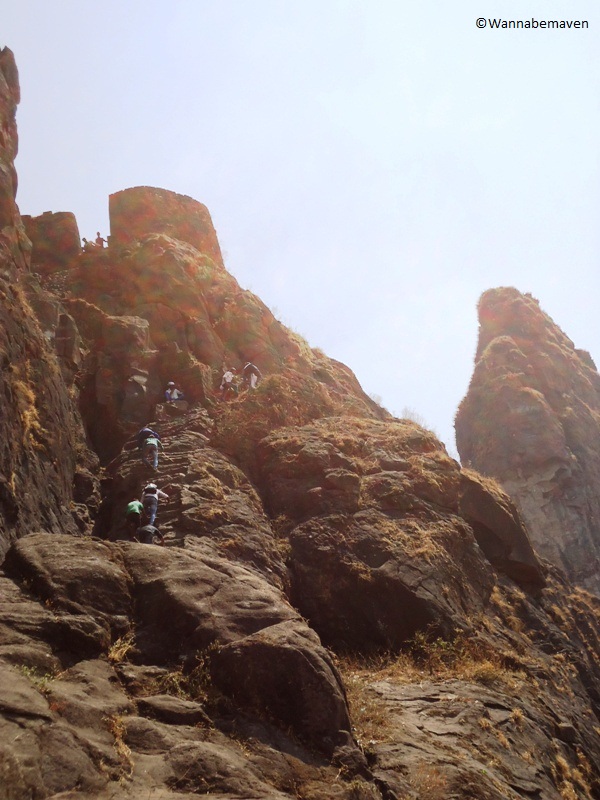
Honestly, this is where the actual trek begins. While the route to the dargah was about climbing concrete steps, the route to the Malangadd fort is all about climbing treacherous rocks and boulders. There are narrow rock-cut steps that lead you to the summit. The climb is absolutely thrilling and you’re rewarding with Instagram-worthy pictures.
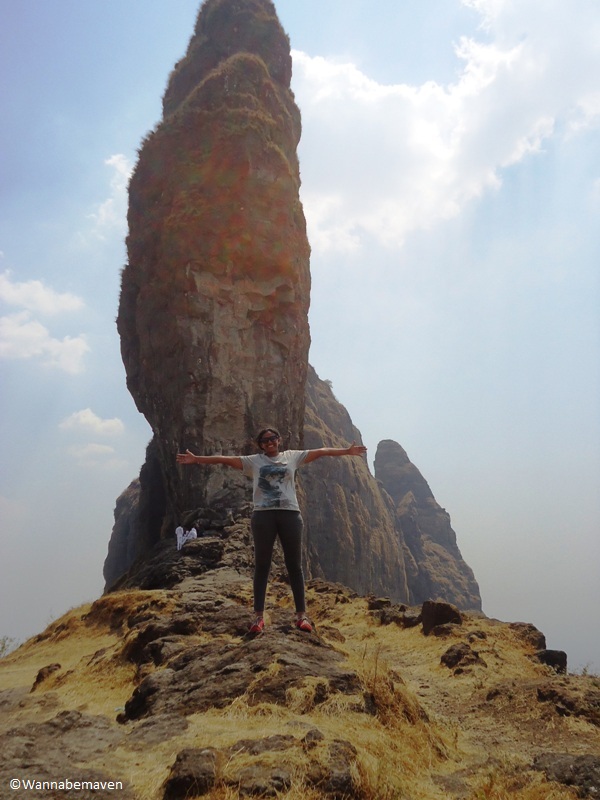
Threading carefully to the hill top
While we were happy to reach this spot and were soaking up the view, the trek was not complete yet. Reaching the fort was still another half an hour climb. As you keep moving forward, there is a route along the side that leads you towards the Malangadd fort.
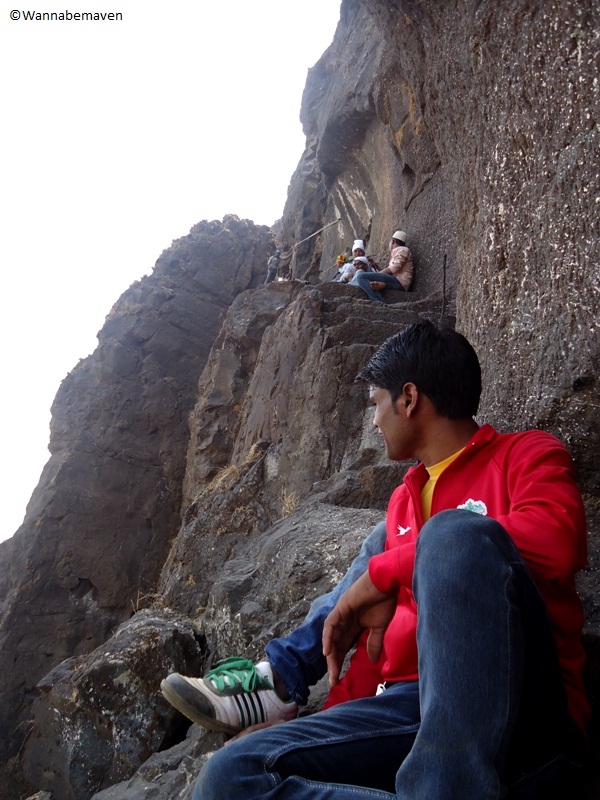
The climb here onward gets steep and at one point you need to harness yourself and walk on a narrow pipe to cross a small section of the mountain. There is a man who sits there between 10:30am and 5pm (not sure about the exact timings), who helps you to cross this point on the trek. He charges around Rs 20 for this service. Once on the other side, you continue your trek towards the fort, guided by ropes and markings. At the mountain top, there are a few fortifications and some water cisterns with fresh water.
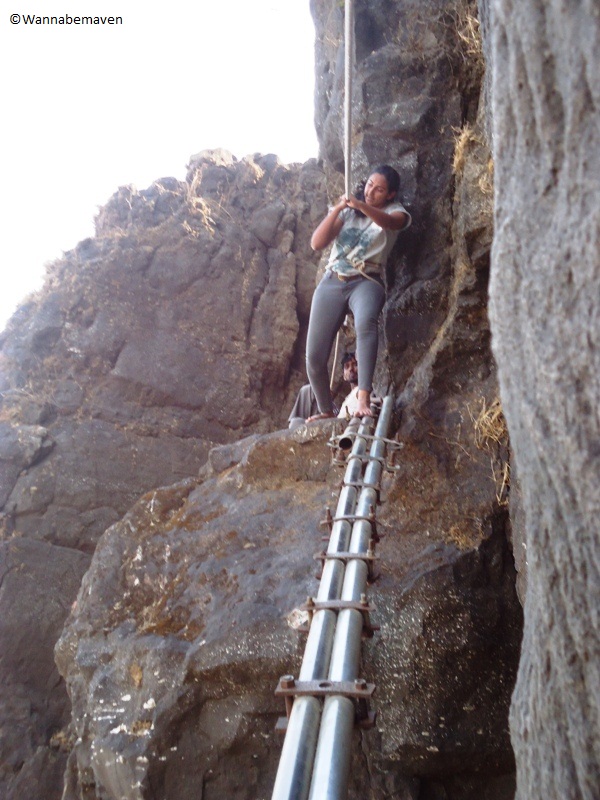
By 3:30 pm, we started our descent towards the base camp and stopped near the dargah for lunch. It was around 6:30 pm when we drove back home, and reached Andheri by 8:30 pm.
It was an extremely tiring trek and we were happy that the next day was Holi (Indian festival of colors and a public holiday), which means we could rest, instead of worrying about returning to our 9 to 5 jobs.
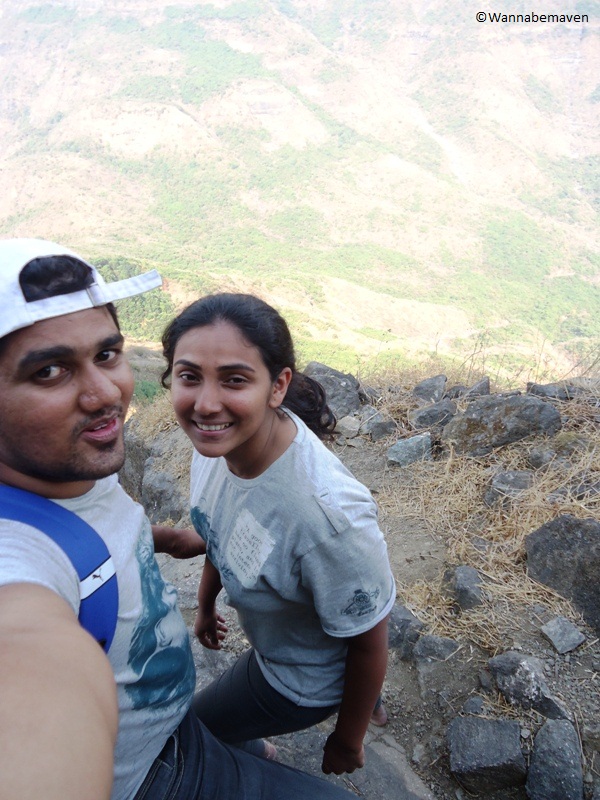
Good to know: History of Malangadd
I was unable to find any information at the site pertaining to the history of this fort. So, I searched on the internet. Here are my findings…
During the 7th century Maurya dynasty, a king named Naladev built a fort in Malangadd. Later, the fort came under the Maratha rule and then it was captured by the British in 1780. After the Anglo-Maratha treaty in 1781, the British had to leave the fort, however, they regained control after the Peshwas rule weakened post 1817.
As for the dargah, in the 12th century, Haji Abdur Rahaman, a Sufi saint from Yemen chanced upon this hill and made it his base. It is believed that the hill was originally thrice its size but was magically scaled by the saint. In his memory, devotees built a shrine – Haji Malang Dargah, a popular pilgrimage site today.
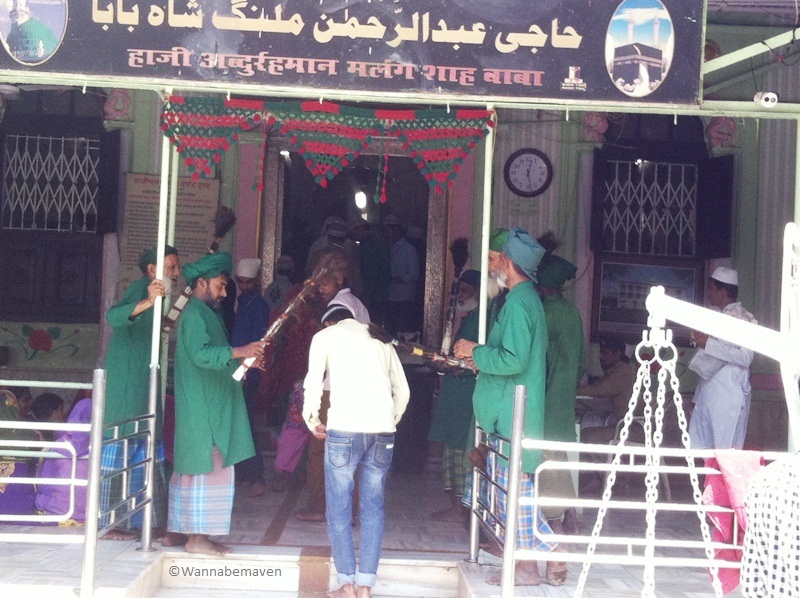
Things to know before trek to Haji Malang
- The trek can be rated as Medium to Difficult (the climb is challenging for amateurs)
- Apart from a bottle of Gatorade, six bottles of water were consumed among the two of us. You can buy water at any time during the trek since there are innumerable shops along the way. Even the water from the cisterns at the mountain top is consumable.
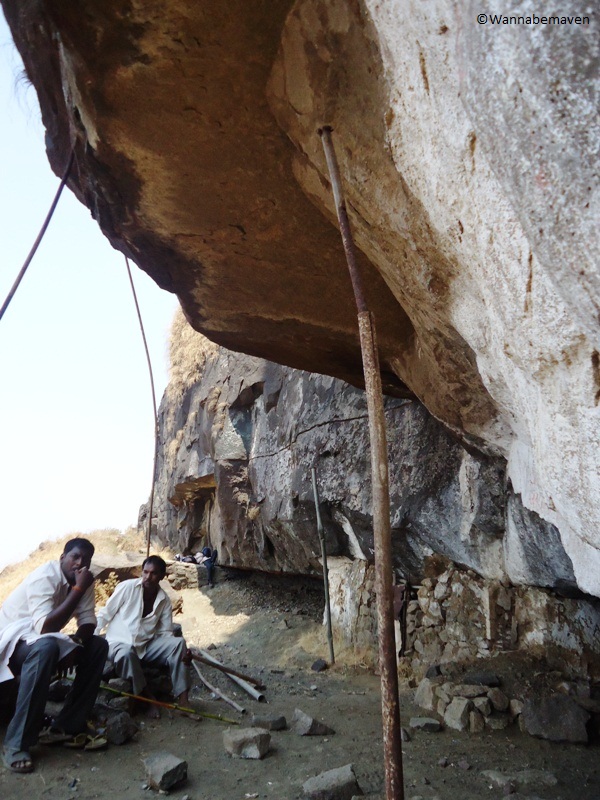
Travel tips for trek to Haji Malang
- Be a little thick skinned. Shopkeepers will literally follow you, comment, block your way and coax you into buying their religious items for the dargah. Even beggars will keep pestering you along the way. You need to avoid them and walk like a horse with blinders.
- If you wish to purchase any religious offerings, don’t hesitate to bargain. Bring the price down to half.
- If you bring your car, there is ample car parking space at the base camp.
In a nutshell
The Haji Malang dargah and the Malangadd fort trek is a mix of religion and adventure. Particularly, the latter part of the hike towards Malangadd fort is everything a trek must be – adventurous, thrilling, and scenic. This is one of those treks which when accomplished, you have amazing stories to tell folks. Of course, pictures add to the glory.
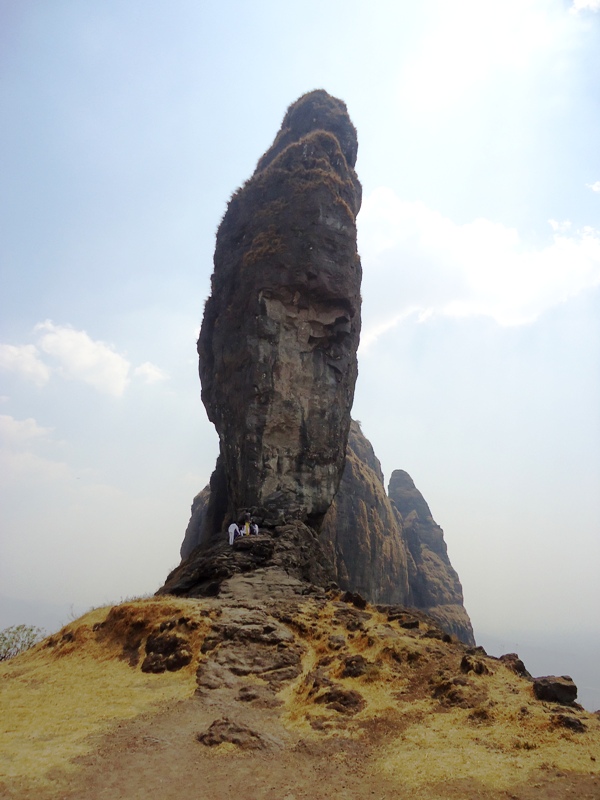
Liked this post? Read other stories on getaways from Mumbai
- Karnala Bird Sanctuary and Fort – Excellent Trek but no Birds
- Bassein Fort, Vasai is seeped in history
===
Empower us with a voluntary contribution
The content on wannabemaven.com is free for all readers. However, you can voluntarily pay after you have read the article(s), if the content was useful, it helped you, and you are satisfied with the quality of the information.
A lot of time, effort and money is put to ensure the website has quality content and remains up-to-date. Even a small amount you decide to pay justifies the efforts put in.
OR
Thank you for your support!
===
Join my travel community
Want to discuss more about this trip? Come, say hello on my Instagram. You can also follow my travels on Twitter and Facebook. Or Subscribe to this blog to receive notifications of my new posts in your inbox.
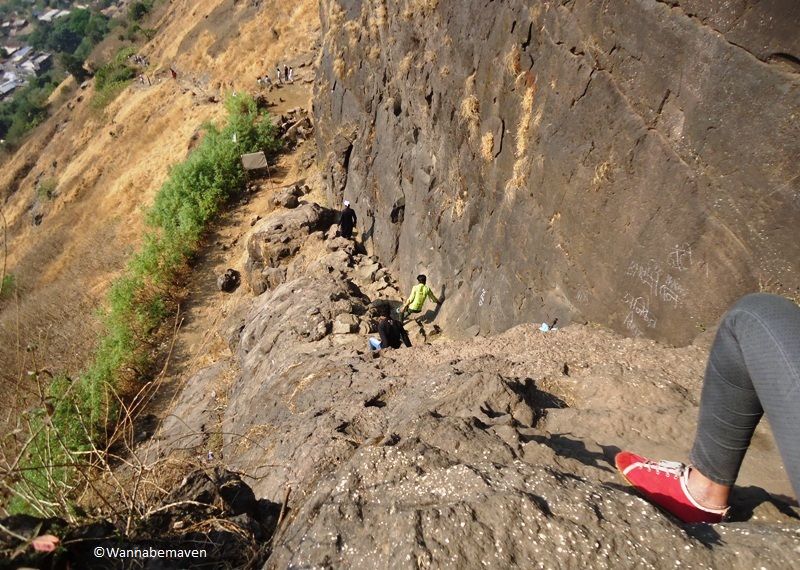
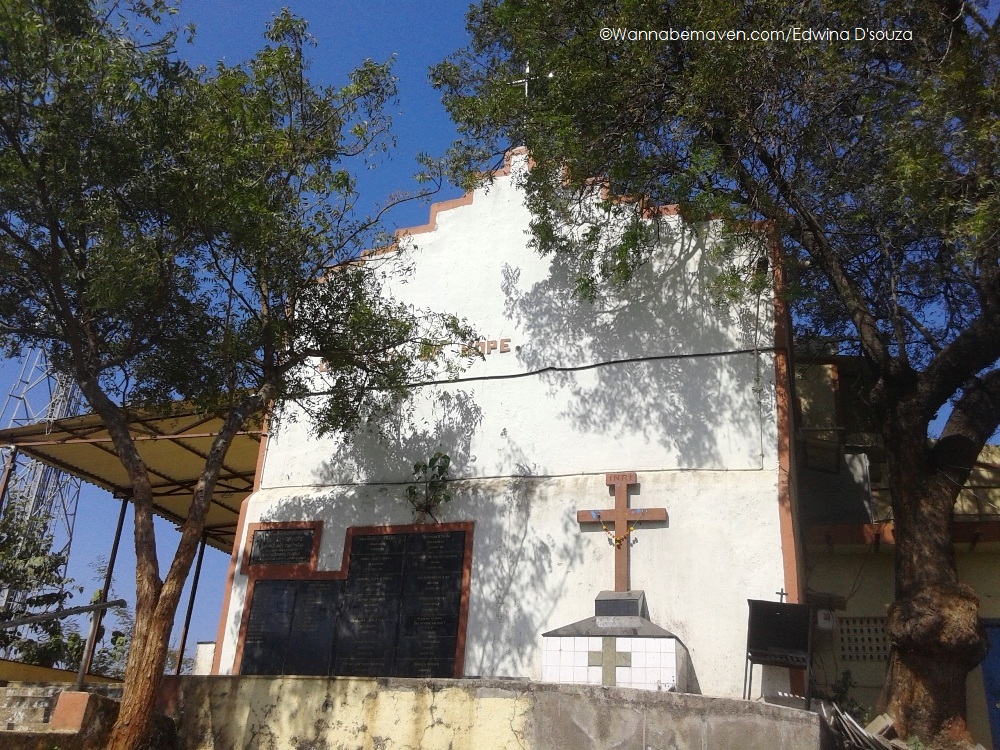
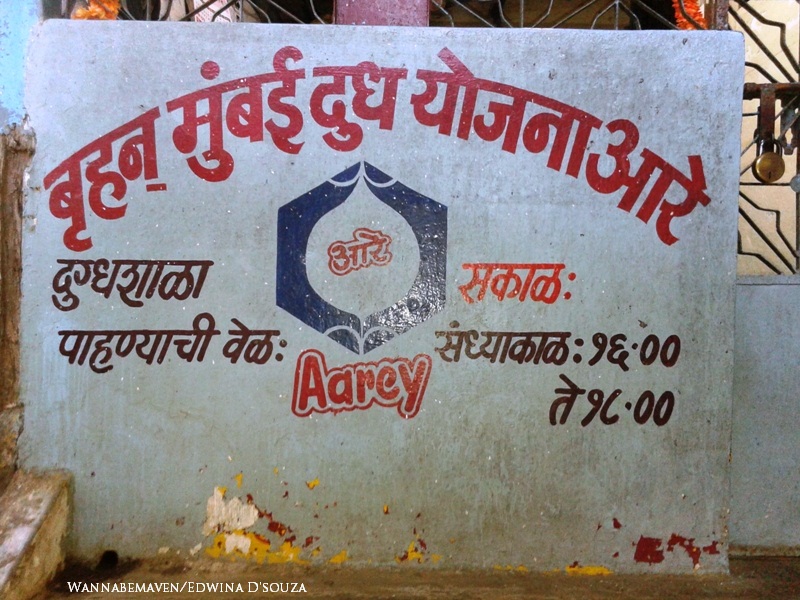
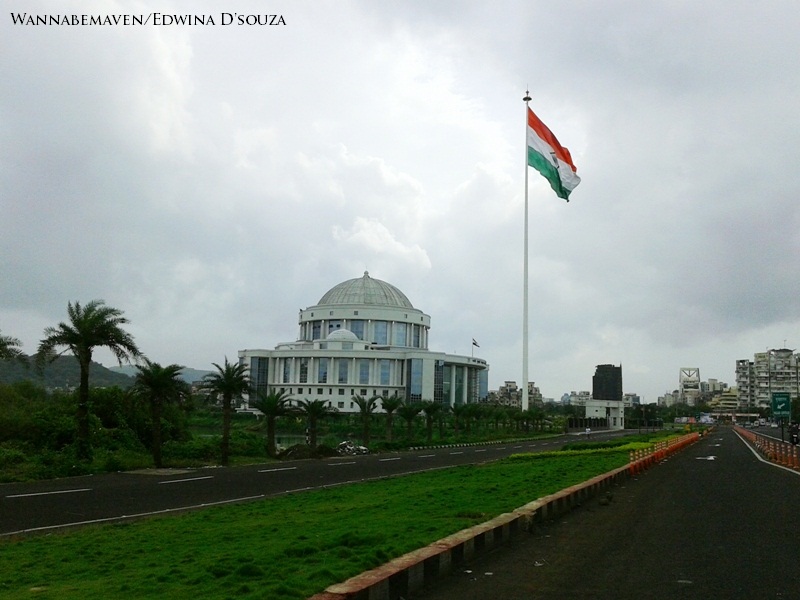
Very aptly written. And true indeed. I have also trekked this route couple of months back and I wish to do it again. Thanks for sharing the information…..
You’re welcome, Gautam 🙂